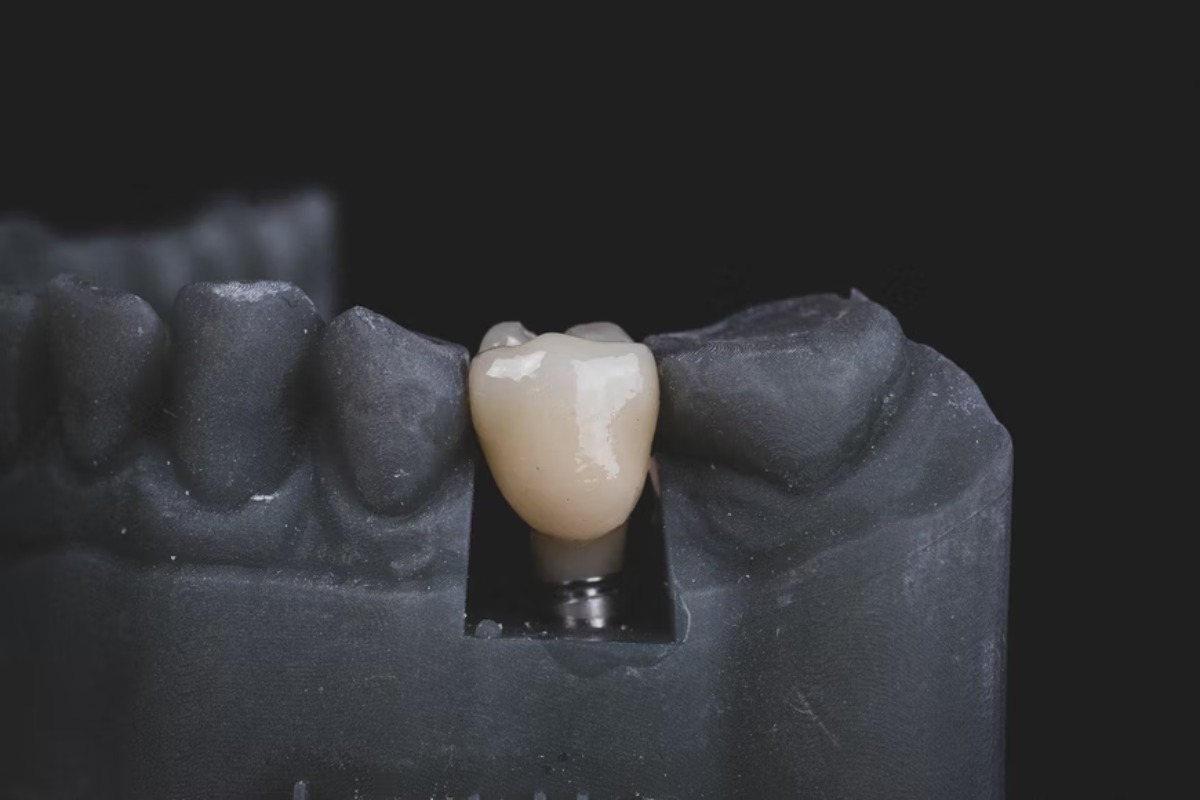
Important Things To Know Before Considering a Dental Bridge
Important Things To Know Before Considering a Dental Bridge – No one would want to have missing teeth, but regardless how we care our teeth, time will come we will lose some. Do you know that missing teeth affects dental health? It is because teeth tend to drift making it difficult to clean. It can also cause periodontal disease and chewing complications. Anyone experiencing missing teeth would opt to replacement and the best way is through dental bridges.
Table of Contents
What Is a Dental Bridge?
Before deciding to have a dental bridge, it is essential to know relevant information about this teeth replacement option. This option is ideal for replacing at least three teeth. Expect that you will be dealing with artificial teeth made from porcelain or resin. A bridge has a crown attach to the natural teeth and keeping them in place.
Implants & Bridges – A Direct Comparison
Both dental implants and bridges are good tooth replacement options. But there are some similarities and differences.
- Durability – the durability of these two replacement options depend on the materials and how it is taken care. Usually, bridges last for over 10 years, but it still requires replacement of crowns. Dental implant is more durable as it lasts for lifetime. Both have good success rate. Remember that implants are infused to the natural bone, thus become permanent part of the jaw.
- Quality – with quality, dental implants are better options and it features four different parts including the implant, abutment, implant crown, and abutment screw. The implant keeps the jawbone stabilized, thus keeping the natural shape of the jawbone.
On the other hand, dental bridges do not require replacing the tooth root, rather bridging the gap between the missing teeth. It also prevents sagging inwards of the cheekbones. Fixed bridges are not removable and have natural look.
Types of Dental Bridges
If you’re planning to have dental bridges, there are several types to choose from. Your dentist knows which one best fits your needs.
- Cantilever – it is similar to the traditional dental bridge, but only needs one neighboring tooth to anchor. Thus, saves healthy teeth from trimming down.
- Traditional – It comes with a false tooth and dental crowns attached to the neighboring teeth. The downside is it affects the healthy teeth on either side of the missing tooth.
- Implant-supported dental bridge – the implant serves as an anchor so that the dental bridge would be durable and stable.
- Maryland – this type of dental bridge does not require a dental crown attaching to the neighboring teeth. It requires a porcelain or metal framework set as a replacement for missing teeth.
Dental Bridge Procedure
Dental bridge procedure starts with dental examination. The dentist will check for any gum disease or tooth decay and have it treated. The teeth and mouth is measured by using special equipment and X-ray. Two healthy teeth need to be filed down on either side of the missing teeth. A mold is needed in making the bridge. A temporary bridge is set while waiting for the permanent bridge. Once ready, the permanent bridge is attached using dental cement or dental implant to anchor the bridge.
What To Expect During Installation
If your dentist recommends dental bridge as the best solution for replacing the missing teeth, prepare yourself for the installation. Your dentist will prepare the abutment teeth or anchor. Expect that you will undergo local anesthesia. You will wait for another appointment for the installation of the bridge. Once the prosthetic is set in place, you will feel bulky. Follow-up check is essential so that your dentist will determine if there’s a need for adjustment until you become accustomed to it.
Cleaning and Care
Once you have dental bridges, you must know the proper cleaning and care. While you care for your natural teeth, you should also clean your artificial teeth. Dental experts recommend using soft-bristled toothbrush for the bridges for at least two minutes. Brushing is not enough because you also need to floss the base of the dental bridge. Flossing is the best way to get rid of the debris and plaque from the underside. You can use traditional floss or much better, use Waterpiks.
Associated Costs
Another factor to consider to get dental bridges is the costs. Several variables can affect the cost of getting this tooth replacement option.
- Number of teeth
- Material used
- Complexity of placement
- Additional treatments, if necessary
- location
The type of dental bridge you will select is another thing to consider. Good thing if you have dental insurance. The average cost ranges from $500 to $1,200 per tooth, but dental implant is more expensive.
Alternative procedures to save your teeth
Tooth extraction is the best solution if the dentist determines there’s no way to save your teeth. However, a badly decayed tooth can be saved through root canal therapy. Teeth deterioration and discoloration can be treated by applying veneers.
Final Thoughts
Dentistry has been advancing through the years. Thus, many options are available to save or treat your teeth. To replace your missing teeth without using dentures, the best option is to get a dental bridge. Consult your dentist and discuss the best treatment for you.


